Posted by James Derek Sapienza

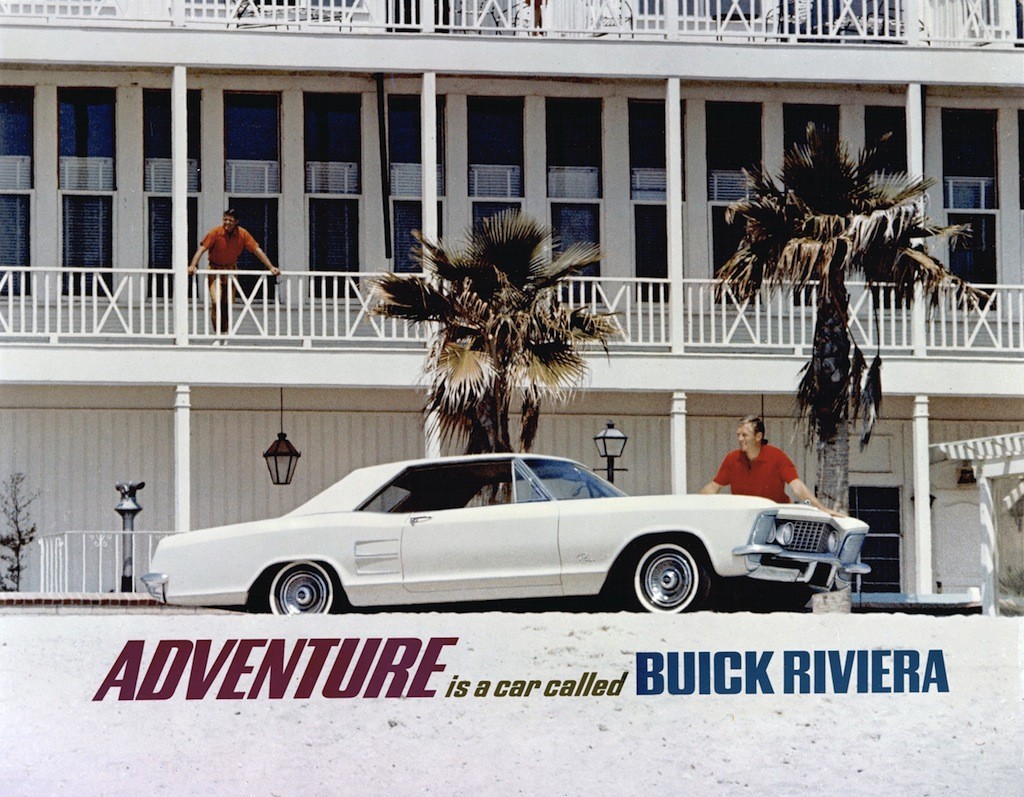
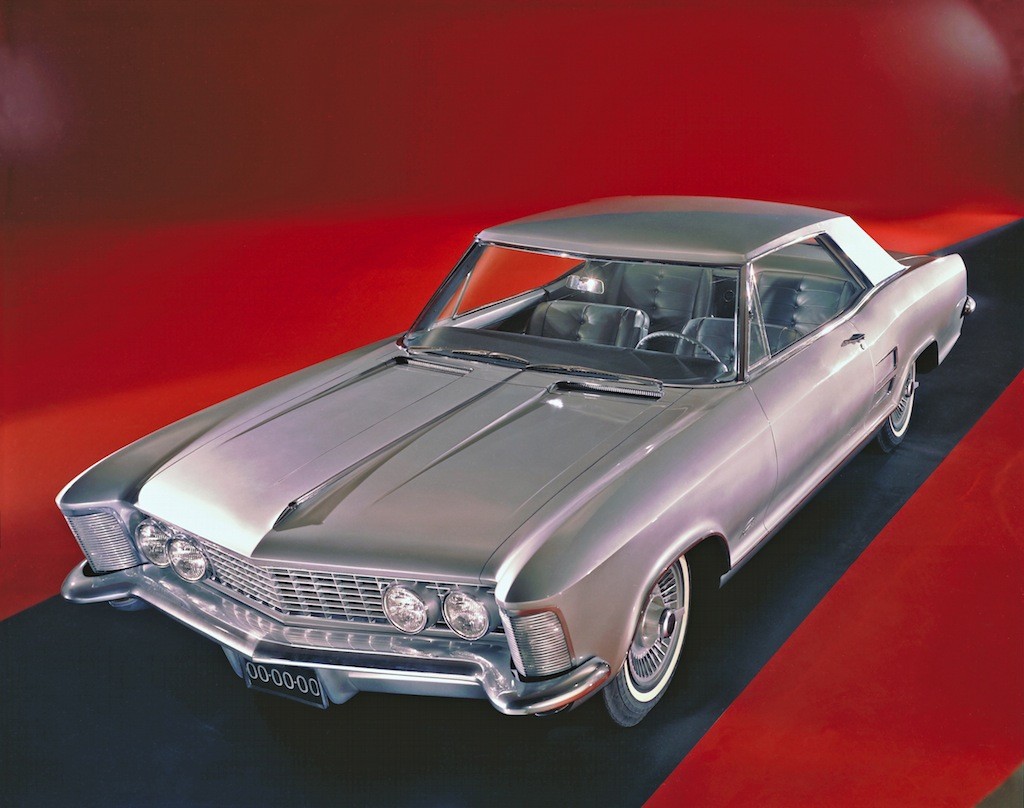
One night … I was over in England for the auto show and I happened to be coming out of the Claridges on a damp, foggy evening. Here was this Rolls parked out front. I looked at those corners and sharp angles and I thought ‘My God, if that car were just a foot lower — there’s our silhouette.’
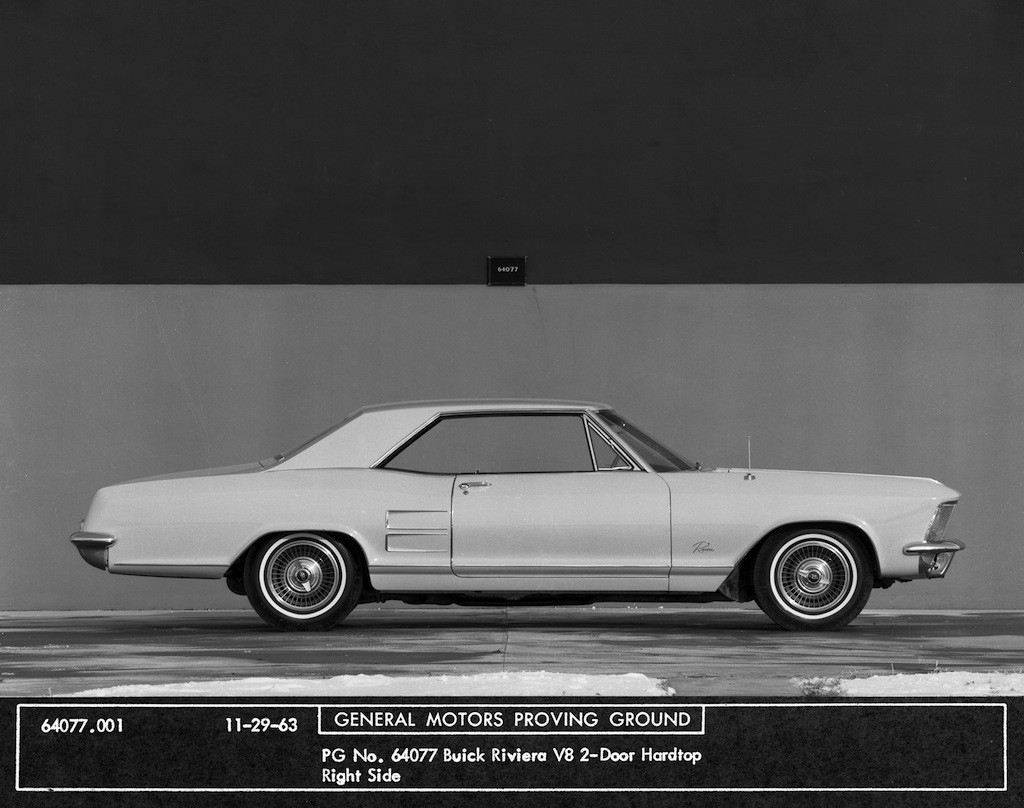
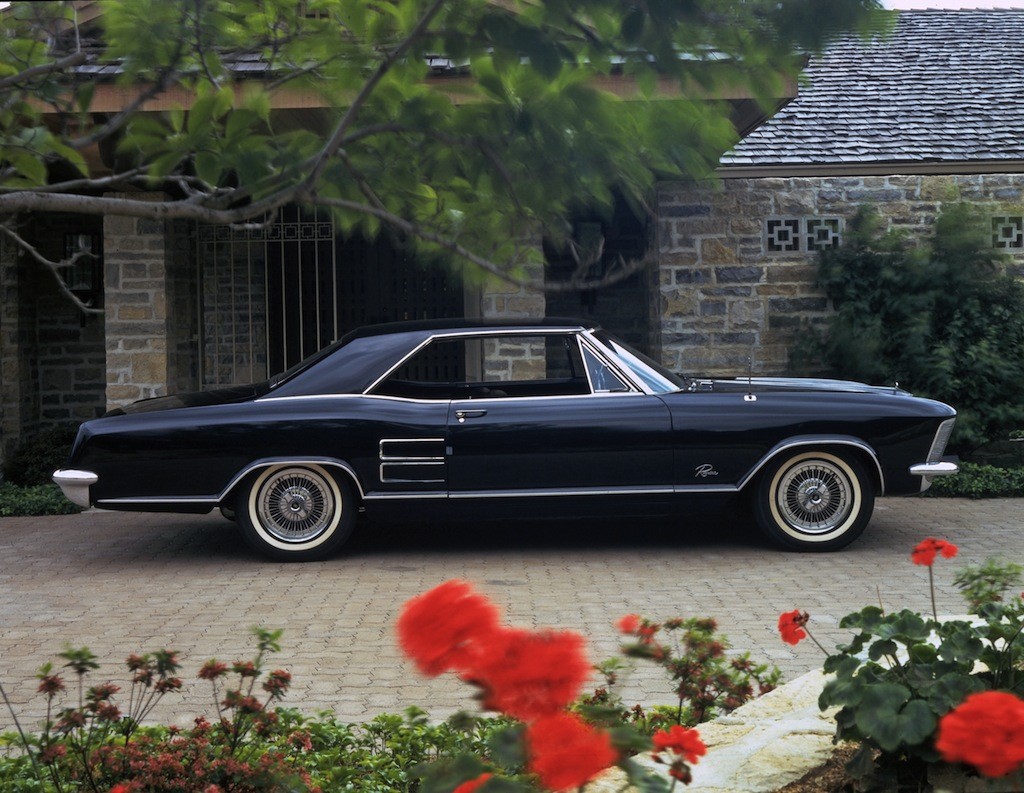
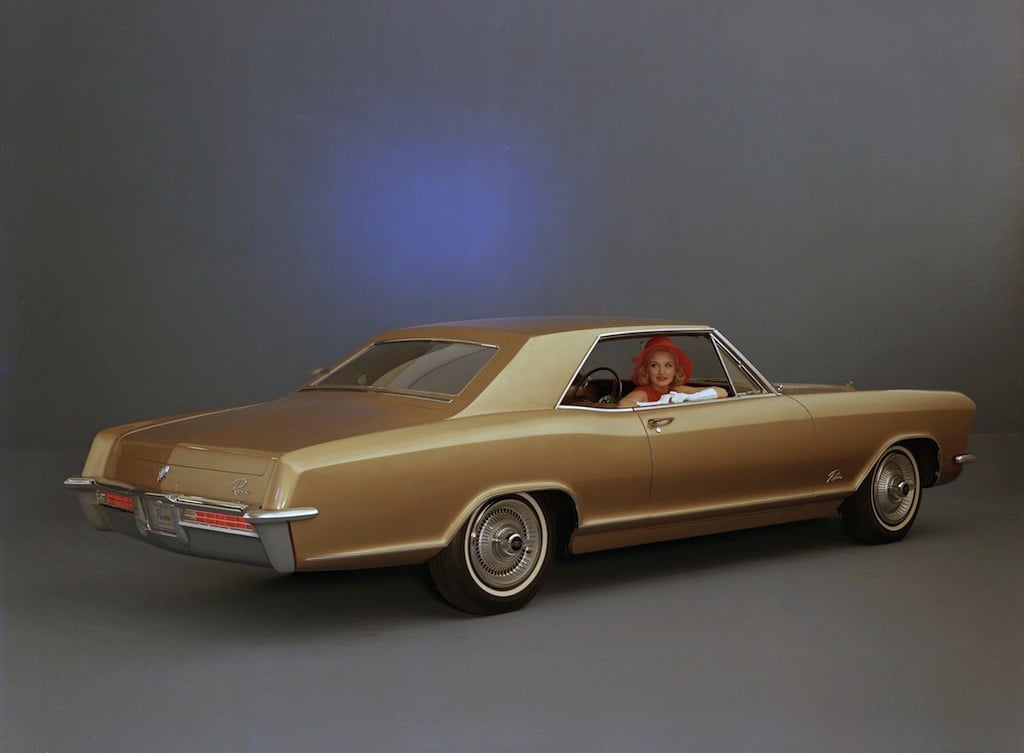
Source: General Motors
In 1961, Buick was dogged with roughly the same reputation it has today: It makes safe, unremarkable cars for older people. So when Mitchell ordered Buick chief Edward Rollert to make the Riviera “a cross between a Ferrari and a Rolls-Royce,” it was no small order. But the brand handled the challenge well, offering both its big 325 horsepower 401 cubic inch Wildcat 445 or 340 horsepower Wildcat 460 as standard, giving the car a notably firmer suspension that most American cars, a tasteful interior with bucket seats, and most importantly, a noticeable lack of excess.
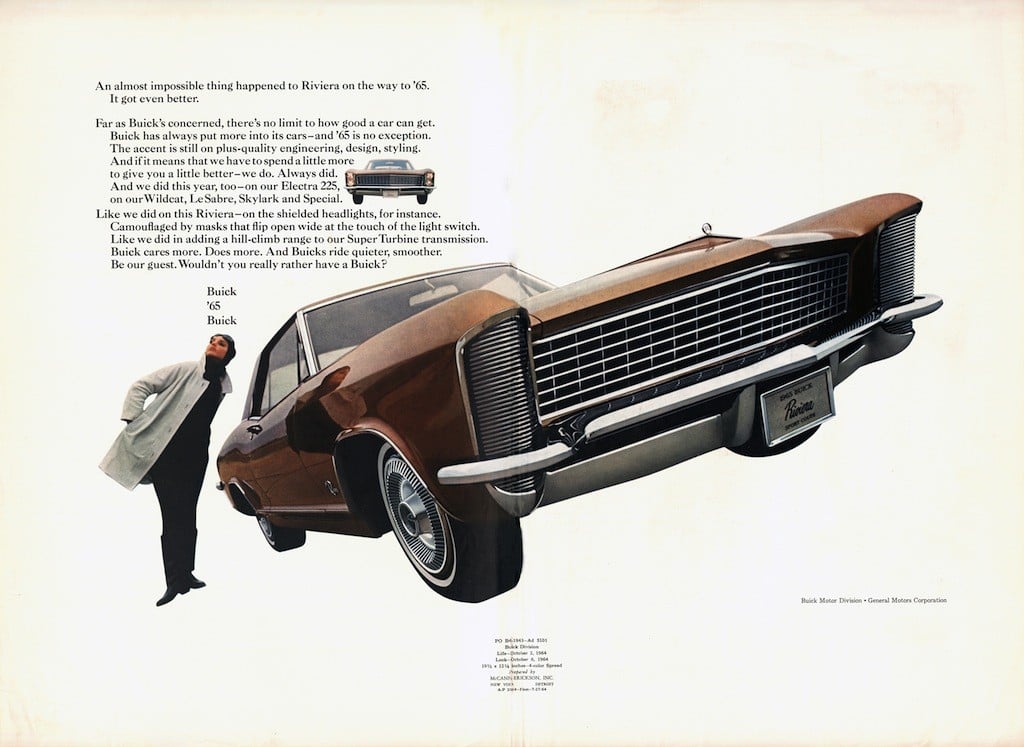

No comments:
Post a Comment